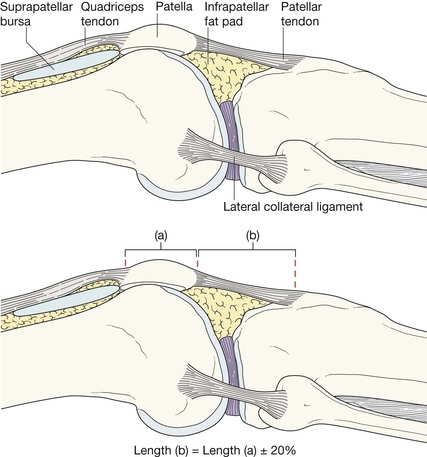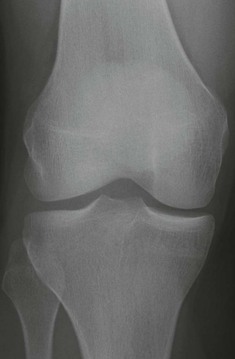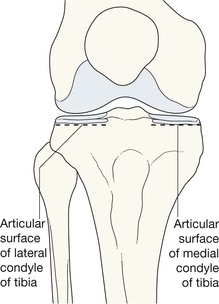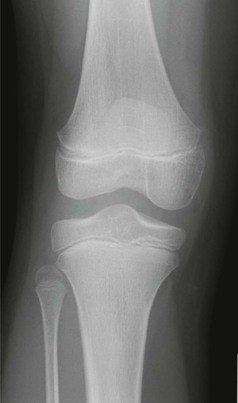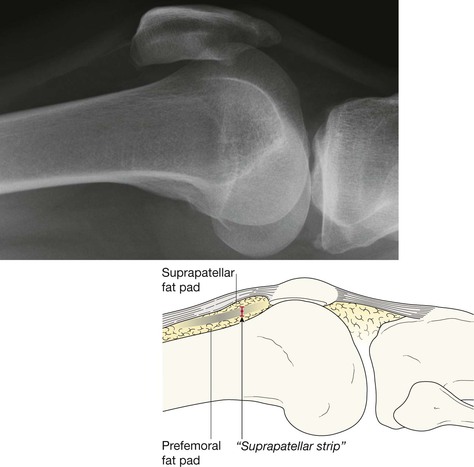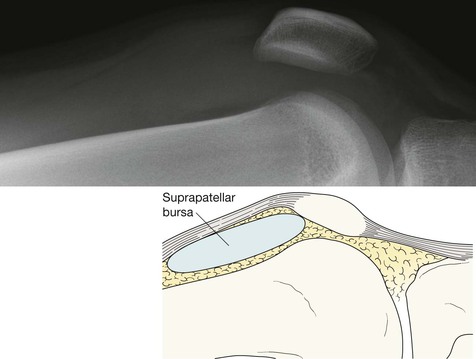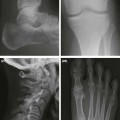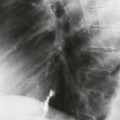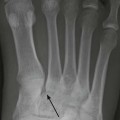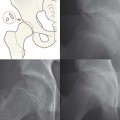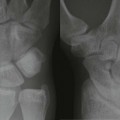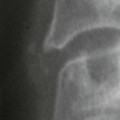Check: 2. The head and neck of the fibula. □ Each plateau should be smooth. No steps, no layering, no disruptions. □ The subchondral bone should not show any focal increase in density. 4. The patella. Look through the superimposed femur. 5. Finally, check for any small fragments of bone—anywhere at all.
15
Knee
Normal anatomy
AP view
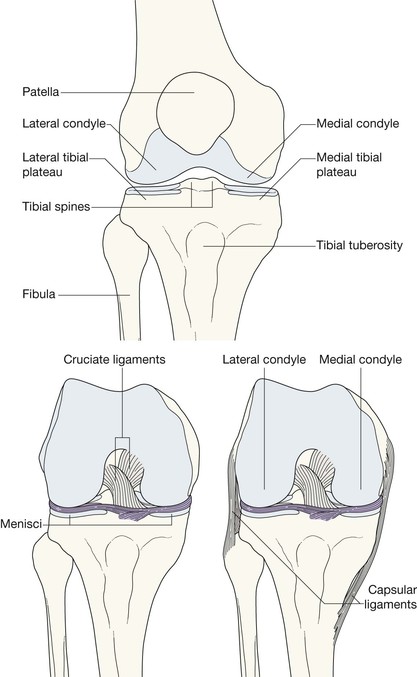
Analysis: the checklists
The AP radiograph
Adults: a five-point checklist
